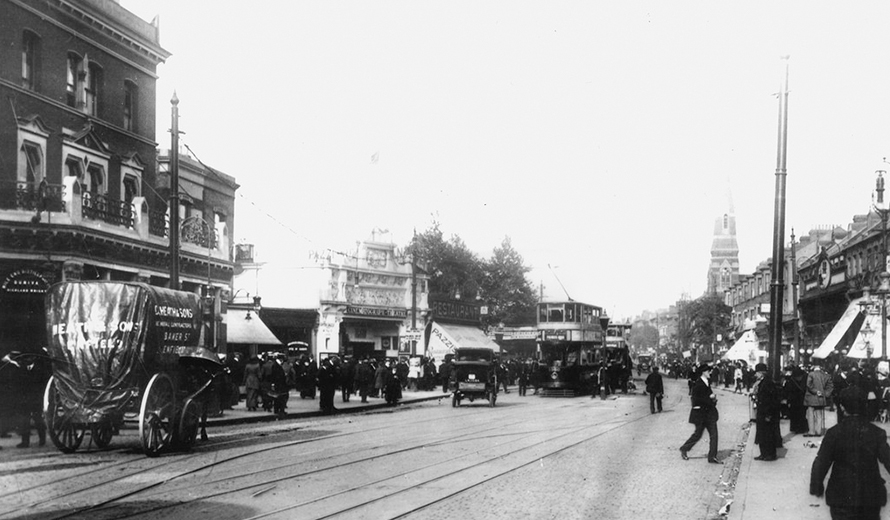-

Posted: 24-07-2017 Category: Things to do
The central point of attention today for natives of London is Leicester Square but it wasn’t as always. There’s few things we might need to know by pondering over the flourishing past of Edgware Road.
In the beginning of the twentieth century, Edgware Road was revolutionary and pioneering road in London for its famous sites of cinemas, and intriguing local picture houses and to date it’s still progressing towards prosperity.
Here’s a glance on top 5 historical facts about Edgware road that will highlight the true to life history of the road.
“Recreations” Cinematograph Theatre, 1909-64

Widely recognized as ‘Recreations Theatre’ – the construction of Cinematograph theatre was passed in the 1909 under the act that followed to build numerous buildings (venues, to be precise) in London.
Also known as the ‘Cinema King’ – CT was the first theatrical venue established by industrialist Montagu Pyke. He had many choices to create dynamic history of cinema but he chose Edgware road for the project and revealed the reason as the following statement:
“firstly because it is a very thickly populated neighborhood, and secondly, it appeared to me from the class of people one sees daily on the streets that they would make an appreciative audience if you gave them good value and the prices were right.”
The Watling Street – Roman Civilization
Anciently documented as ‘The Watling Street’ – Edgware Road was considered to be the main route for the Romans.
At first, Edgware road was close to the Watling Street but due to the track that was within the Great Middlesex Forest, the Romans later combined these two tracks into one by calling it ‘The Watling Street’.
Edgware Road have gone through several constructional improvements.
The Arab Significance
During 19th century, Edgware Road intrigued the Arabs and the Ottomans Empire. The have Arabs have been in trade business for 1400 years.
Therefore, the Egyptian Arabs first came to the Edgware Road and not only used it for trade but they also helped in expanding the civil population at that time.
Today we can find numerous Arab restaurants on Edgware road that are famous for their Arabic flavor.
“Tyburn Tree” – Kill’em all!
Tyburn, Wetherspoon’s inn – there’s a place near the junctional territory of Marble arch and Edgware road at the top of Park Lane that was the actual site of public execution.
According to the historians, the site has witnessed approximately 50,000 executions. This site also has a plaque with an inscription “Tyburn Tree”.
Dick Turpin – Romanticized English Highwayman
In 17th century, Edgware Road became one of busiest roads in the surrounding territory.
In fact, Edgware-Kilburn turnpike trust – a charitable organization – imposed tolls on this road to collect money for its recreational improvement.
But there was just one problem – Highway robbery!
There were plentiful gangs present at the time, known to rob travelers along the Edgware road, the famous amongst them was “Dick Turpin” and his gang. Dick was a criminal (highwayman) who pursued his criminal career on the Edgware road.
Surprisingly he was considered hero for his immoral acts and still people of London admire him for his work.
Turpin was hanged to death on April 7th 1939
